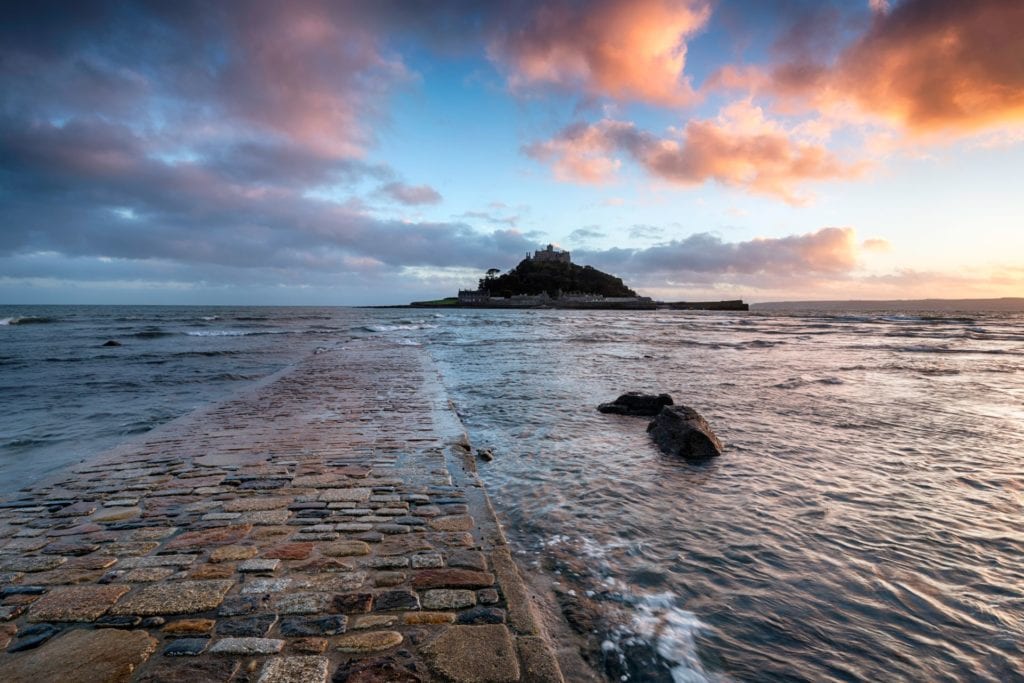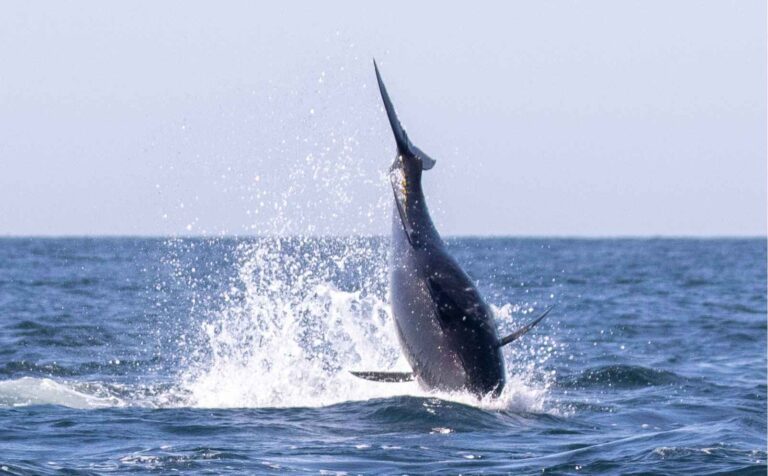We will bring the rich Cornish history to life as you experience all that shapes Cornwall. The main industries that have shaped our coast are fishing, mining and smuggling. More recently tourism has played a big part in our story. We talk about how we can use the lessons of our past to help preserve and in some cases rejuvenate our environment.
Cornwall skulduggery is legendary
With smuggling and wrecking making up as much as a 3rd of the UK’s economy during the 17th and 18th centuries, skulduggery was in its hay day. Like the liquor trade, more illicit spirits came across Cornish beaches than the London docks. The Carter family, perhaps the most famous of Cornish smugglers, had their own secret harbour just east of Penzance in Prussia Cove. When trading ships made a wrong move as they approached the English Channel, John Carter, better known as the King of Prussia used the rugged cliffs and savage lee shores off Lands end to his advantage.
Learn more as our skilled skippers take you into the small bays and inlets that made claim to so many ships.
Tin within
Although tin was first mined in the early bronze age, Cornwall’s tin industry exploded in the mid 17th century and was instrumental in the industrial revolution. Although tin is still very valuable there are only the remains of the old tin mines dotted around nowadays.
There is an incredible network of mineshafts beneath the ground. They were dug by hand through the Cornish granite. Some that stretch miles out under the sea. You would think that the tin can was the biggest contribution to the food scene, but no, don’t forget about the Cornish pasty that was first expertly rapped by the miner’s wives as lunch needed for a hard day digging. Keep a good lookout as we travel along our coast and spot the tin mines along the way.
Pilchard Fishing
In the days of old, it was the humble Cornish Pilchard, now known better as a sardine, that made up the share of the local fisherman’s catch. The massive shoals were so large they could be spotted off the cliff tops as they migrated up from the south in the search for plankton.
The fisherman would row huge cotton nets out around the fish. Then, to close and tighten the trap, they used lines that went ashore to winches and horses. Once the nets were hauled in and the fish had nowhere to go, the fishermen would use buckets to scoop up the fish to take them to the market.
The biggest catch ever recorded was in 1834, where 30 million fish were landed in one hour. But this industry declined in the 19th century, which in turn left a large number of small fishing villages struggling to make ends meet.
Come and join us on a Coast Boat Trip, to get the full story as we tour the historic fishing ports.




